More and more attention of gardeners is attracted by a low-growing plant with bright flowers, which does not require special care. This is Gaillardia Arizona San. It is only gaining popularity, but those who have already planted it cannot get enough of the bloom.
Description of the plant
This flower is a close relative of the aster, sunflower and gerbera. The plant can still be found in the wild in North America. It grows along railway tracks, in pastures and meadows. Gailaria is considered a symbol of Oklahoma, as stated in the state constitution.
A hybrid herbaceous plant reaches a height of no more than 30 cm. On a strong stem, inflorescences of a basket are formed, which have a bright coral-yellow color. The edges of the petals are carved.
The stems of the plant are covered with light fluff. They branch densely. Lanceolate alternate leaves grow along the entire length of the stem. The fruit is presented in the form of achenes. The active flowering period lasts from the beginning of summer until the first frost.
Features of cultivation, care and reproduction
Gailardia hybrida Gailardia hybrida Arizona red thrives on all types of soil. The main thing is that it is loose and light, and also has a high-quality drainage system. The garden area should be well lit.
Before planting a flower, the soil must be fed by adding peat, compost and wood ash to it.
Gaillardia is propagated by spinous seedlings. For its cultivation, seeds are sown from February to March. Fertile soil mixed with sand and wood ash is used as a soil mixture. It is poured into containers (peat cups, wooden boxes, plastic cassettes). Gaillardia seeds are large. They are laid out on the soil surface and covered with a thin layer of earth. After that, the soil is watered without eroding it. The containers should be placed in a well-lit area out of direct sunlight. The air temperature in the room can be in the range of 19-25 ° С.
The first shoots will appear in 1.5-2 weeks. After that, the room temperature can be lowered to 20 ° C. During this time, it is important to provide adequate lighting for the seedling containers. If there is not enough natural light, you will have to take care of artificial. When 2-3 true leaves appear on young plants, you need to pick them. In open ground, seedlings of Gaillardia spinous Arizona San are transplanted in the spring after the end of frost.
When planting, it is imperative to observe the distance between seedlings, which can be within 35 X 35 cm. By the beginning of winter, young plants will get stronger, they will have a well-developed root system. They will bloom only at the beginning of next spring.
The red beauty needs feeding. It needs to be carried out 3 times: during the period of leaf growth and bud formation, during flowering and 30 days before the onset of cold weather. For feeding, mineral fertilizers are used. No more than 10 liters of fertilizers are used per 1 m².The use of nitrogen, phosphorus and potash fertilizers promotes the growth of bushes.
One of the properties of the red plant is its drought tolerance. This means that the flower does not need to be watered. Enough precipitation. The need for additional watering arises if the doges are absent for too long. After watering, it is recommended to loosen the soil around the plant. This improves the aeration process. For watering, it is better to use settled warm water.
Waterlogged soil under plants can provoke the development of various diseases or the attack of harmful insects. After transplanting, watering young plants should be moderate. Thanks to this, they will take root faster. Adult bushes are able to tolerate prolonged droughts without watering.
Since the bushes grow in width after a few years, they lose their attractiveness. In order to preserve their appearance, experienced gardeners practice tying plants. For this, 3-4 pegs are installed around the bush, between which the twine is pulled. In some cases, the possibility of using erect plant species as a support is not excluded.
Gaillardia hybrid Gaillardia hybrida Arizona sun requires preparation for winter. For this, after the end of the flowering period, fertilizers are applied to the plants. In the first year of life, plants in open ground are covered with bushes by using fallen leaves or spruce branches. The plant can endure the next winters without additional insulation.
In one place, Gaillardia Arizona Red Shades can be grown for 5-6 years. After this time, the leaves and flowers become pale, the flowering period is not so abundant, the young shoots become long and thin. This is a signal for replanting bushes. It is carried out in the spring by division. Until the plants take root and take root, they need to loosen the soil, additional watering and the introduction of nitrogen fertilizers.
The plant reproduces well by self-seeding. For several years, the bushes are able to spread over a fairly large area. To do this, after the flowering of the peduncles, they do not need to be cut, but wait until the seeds scatter in the area. In a year, young plants will already bloom magnificently.
If the gardener does not plan self-seeding of the plant, the seed pods should be cut off immediately after the flowering field. Thus, it will be possible to control the territory occupied by the bushes.
The possibility of reproduction by dividing the bush is also not excluded. To do this, in the spring, a 5-year-old plant is dug out of the ground and divided into several parts. Moreover, each of them should have a sufficient number of roots and branches. Please note that the new parts of the bush should not be too small. This leads to their weakening and slow survival in a new place. After that, they are planted in previously prepared holes, into which mineral fertilizers are applied, and also abundantly watered with warm, settled water. After placing the plant in the hole, it is covered with earth and compacted. Then the soil is again watered and mulched. Thanks to this, it will be possible to maintain soil moisture for several days.
Diseases and pests
Gaillardia Arizona Sun has a high immunity to pests and diseases. Among the most common diseases for this variety are:
- Gray rot. The lower leaves are affected first, and then the disease spreads throughout the plant.If you do not take measures to treat the bush, it may die.
- White rust. It appears on both sides of the leaf blades in the form of a white bloom. After a while, it acquires a brown tint and a cotton wool structure.
- Powdery mildew. It affects leaf blades on bushes. It appears as a white bloom, which has a flour structure. The reason for the development of this disease can be abundant watering of the soil or the presence of plants already infected with powdery mildew near the site. Therefore, in order to prevent it, it is necessary to remove weeds in the area where Gaillardia grows, and also not to overdo it with frequent and abundant watering.
Among the measures to combat these ailments, the most effective is the use of fungicides (topaz, strobe, maxim) and biological agents (abiga-peak, alirin B, glyocladin). The choice of this or that drug depends on the degree of spread of the disease, as well as on its type.
The possibility of a pest attack is not excluded:
- Whitefly moth. Affects plants, the soil under which is too wet. For prevention, it is recommended to periodically examine the leaves of plants for the presence of pest larvae.
- Aphids. Selects overfed or weakened plants for distribution. To combat aphids, experienced gardeners use the method of spraying the bushes and watering them with a nettle solution. Good results in pest control can also be achieved through the use of insecticides (tanreca, tepeki, phytoverma).
The choice of a lighted place for growing Gaillardia, the correct irrigation regime, the timely use of fertilizing, removing weeds and loosening the soil is the right way to ensure that from summer to the very frost of the eye, the lush carpet of these amazing and unpretentious flowers will delight.
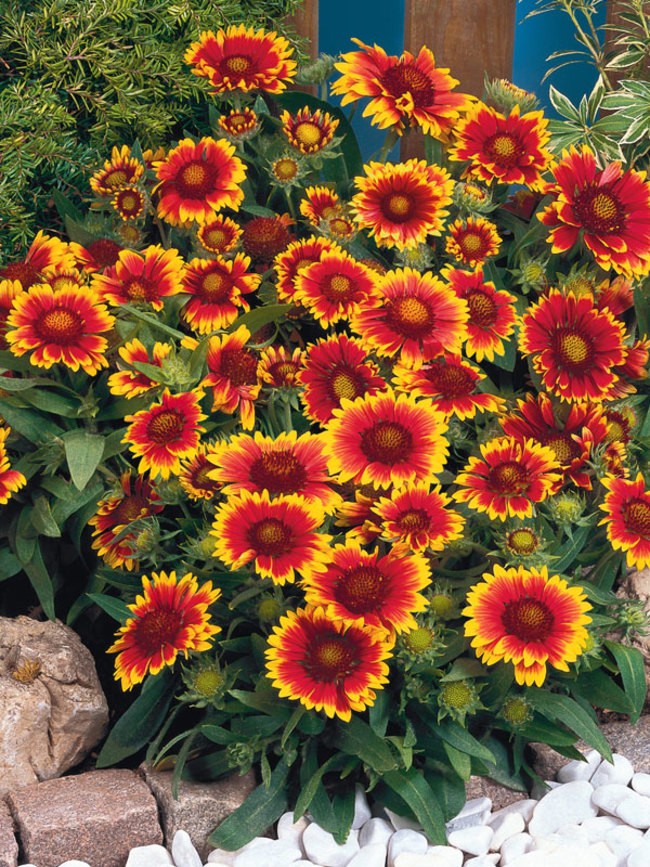


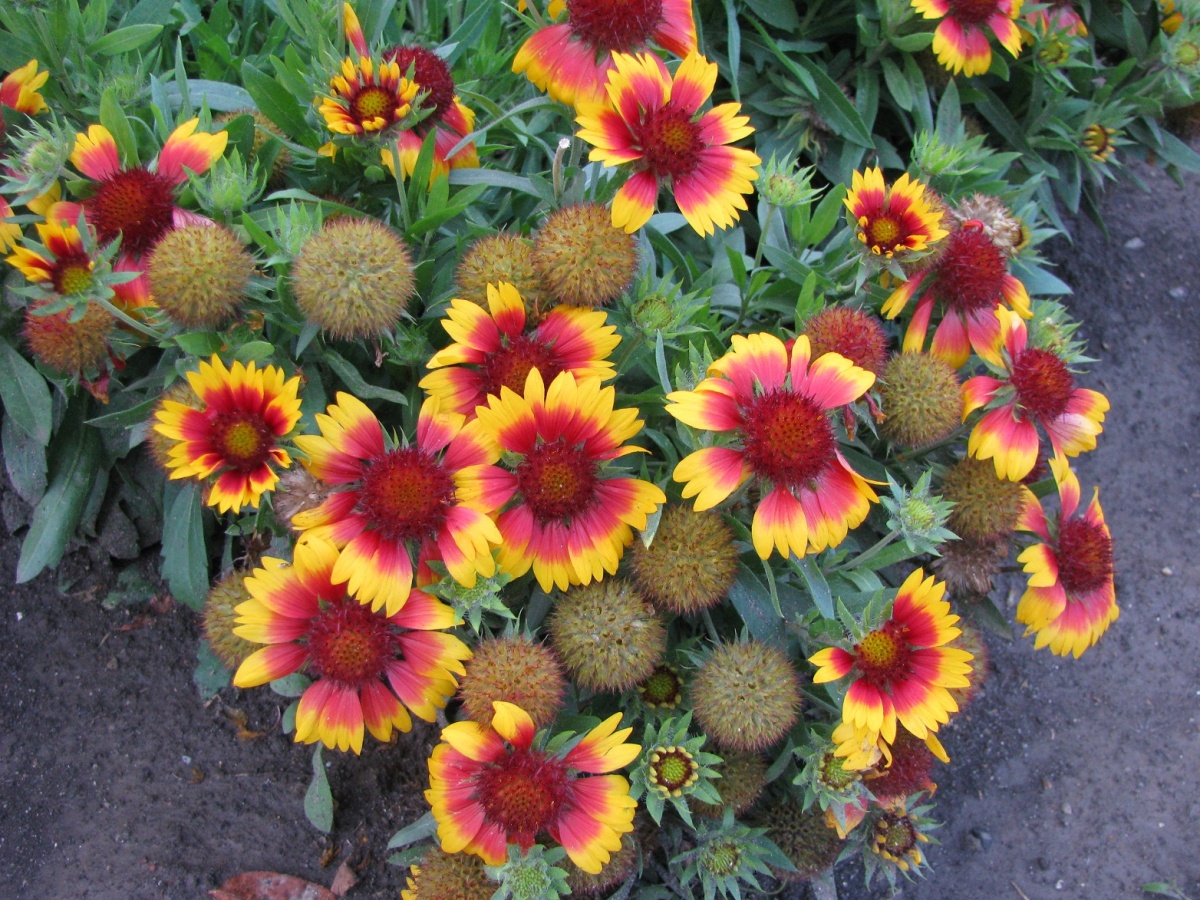
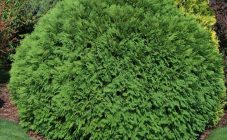
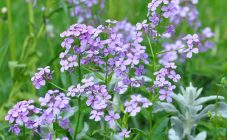


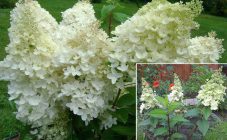








This Gaillardia blooms in the first year after sowing, correct the information.